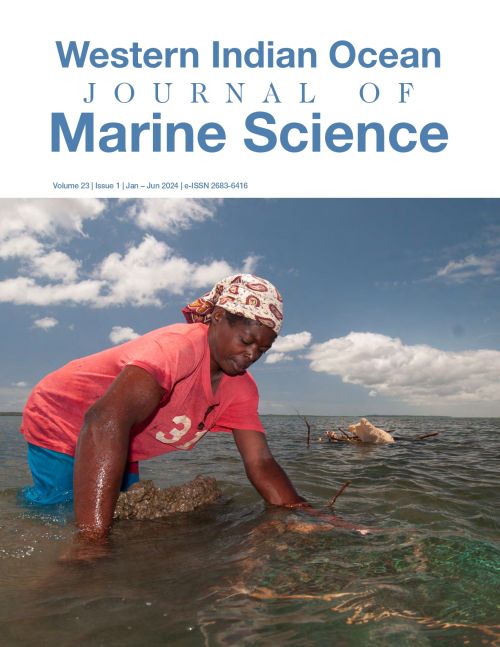Main Article Content
The viability of seagrass ecosystems for supporting dugong recovery in Kenya
Abstract
Seagrasses are the primary source of food for dugongs and a good indicator of marine ecosys- tem health. The East African dugong (Dugong dugon) population is listed as critically endan- gered under the IUCN Red List. This study aimed to document the status of seagrass beds and evaluate their potential for supporting dugong recovery in Kenya. A cross-sectional survey was conducted in December 2016 to March 2017, with data gathered through desktop reviews, inter- views, beach surveys and aerial surveys. Seven seagrass species were found at sampled sites, namely Syringodium isoetifolium, Thalassodendron ciliatum, Halophila ovalis, Zostera capensis, Thal- assia hemprichii, Cymodocea serrulata, and Halodule uninervis. Halodule and Halophila seagrass spe- cies are important in the diet of dugongs. Two dugongs were sighted during the aerial survey. The spread of sea urchins, unplanned infrastructure development, Illegal, Unreported and Unregulated fishing, and boat anchors negatively affected seagrass ecosystems and hence dugong distribution in Kenya.






